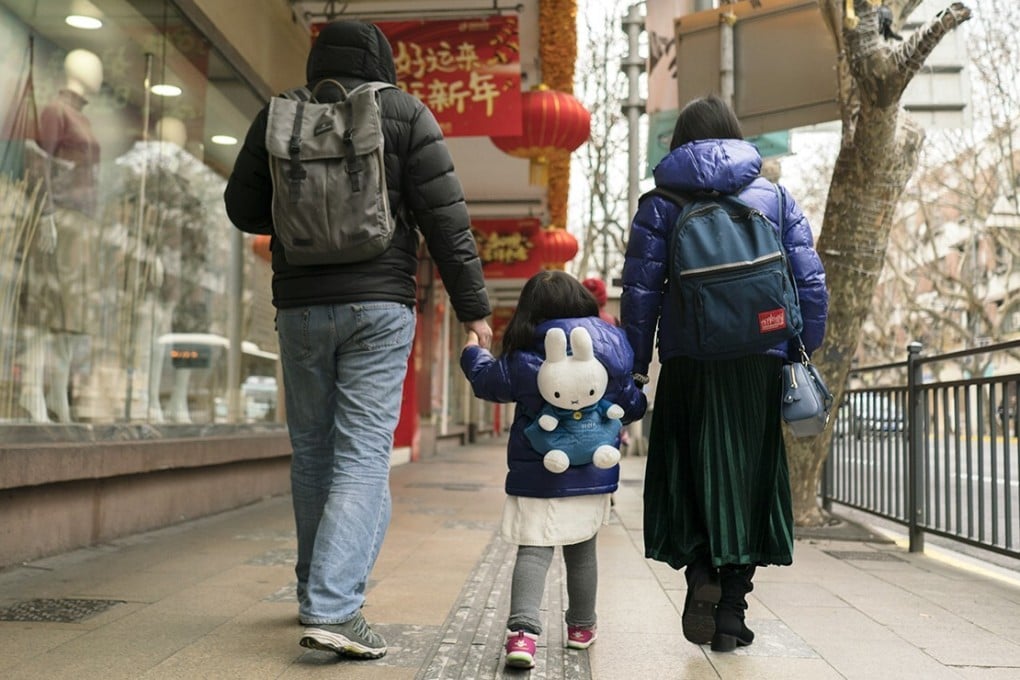Explainer | China’s one-child policy: what was it and what impact did it have?
- China’s one-child policy started in 1980 and was strictly enforced with punishments including fines for violators and often forced abortions
- China officially ended its one-child policy in January 2016 in favour of a two-child policy before it introduced a three-child policy in May 2021

What was China’s one-child policy?
China’s one-child policy was rolled out in 1980 by Deng Xiaoping and was strictly enforced after the population had increased to 969 million in 1980 from around 540 million in 1949.
It restricted most couples to only a single offspring, and for years authorities argued it was a key factor in supporting the country’s economic boom.
It was enforced by the National Health and Family Planning Commission, with a system of fines for violators and often forced abortions.
Civil servants and employees of government-affiliated organisations, including universities, risked losing their jobs if they were found to have had more than one child.
If parents did not pay a fine, second children could not be registered in the national household system, meaning they did not exist legally and so would not have access to social services like health care and education.